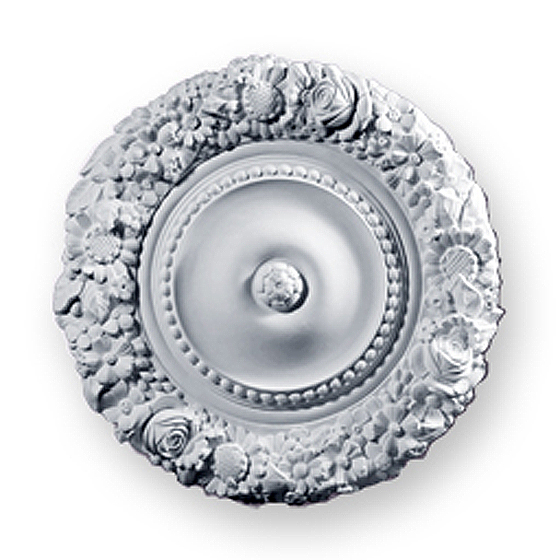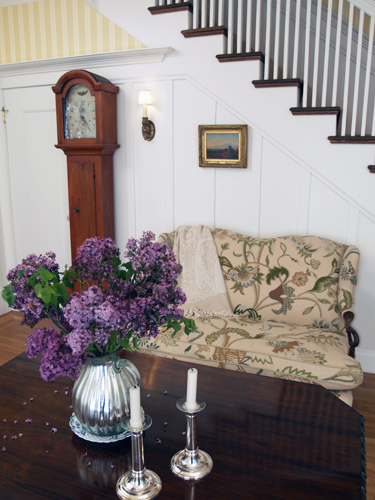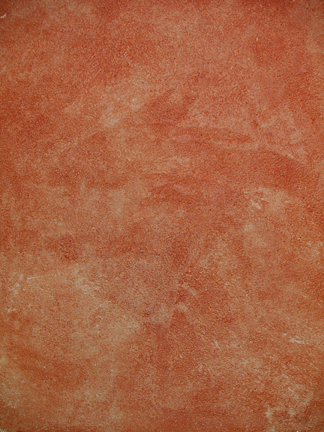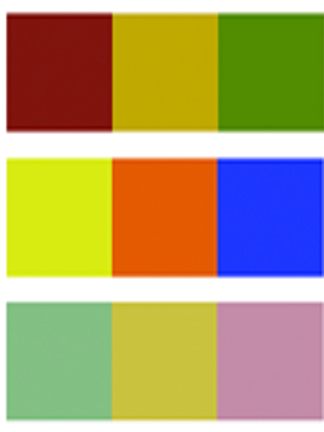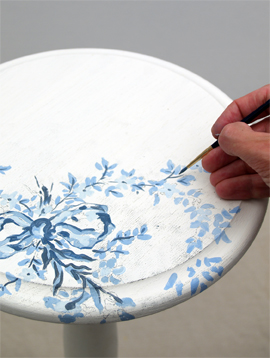Baroque Style
Understanding the Baroque architectural design style.
The Baroque is a period of artistic style that started around 1600 in Rome, Italy, and spread throughout the majority of Europe during the 17th and 18th centuries.
In the Rome and Paris of the seventeenth century, the houses of the wealthy and powerful reached new levels of dynamism and grandeur. In Baroque design everything from furniture to building facades spilled over with carvings of birds, beasts, fruit and flowers. Elaborate decoration overwhelmed the senses, often alongside fantastic works of painting and sculpture.
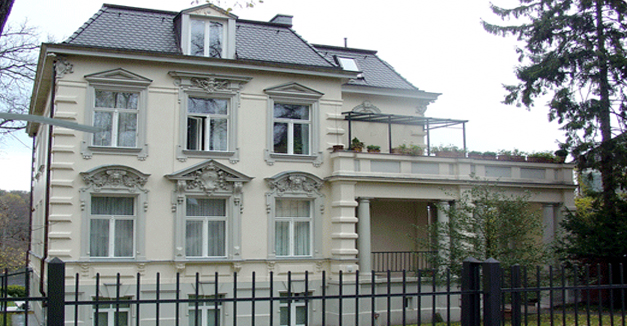
Baroque domestic architecture was theatrical, extravagant, seeking to flaunt wealth and astonish the viewer. Where Renaissance design had appealed to the intellect, the Baroque style worked on the emotions. Even Counter reformation religious conversions were miraculous visions inspired by lavishly ornamented churches and flamboyant devotional art.
If you don't have the means to build your own Palace of Versailles, you can create Baroque opulence with a few well-chosen pieces and the right decorative objects. Materials should be luxurious: silk, damask, velvet, tapestry. Colors should be strong and placed in bold, regal combinations like purple and ochre, indigo and gold. Baroque decorative arts are intricate and rich: large Chinese floral motifs, carved and painted geometric designs, wood inlaid with gold, ebony, or mother of pearl.
Some of the most iconic artists of the 16th - 18th century Baroque painters are Peter Paul Ruebens, Gian Lorenzo Bernini, Nicolas Poussin and Jules Hardouin Mansart.
Some of the essential design elements of Baroque architecture include:
Dramatic and Dynamic Forms: Baroque architecture often features bold and dynamic forms, such as curving facades, sweeping staircases, and grandiose entranceways. These elements create a sense of movement and energy, adding to the overall drama of the style.
Ornamentation and Decoration: Baroque architecture is richly ornamented and decorated, with elaborate details that adorn facades, interiors, and even ceilings. Decorative elements such as sculptures, reliefs, frescoes, stucco work, and gilded accents are commonly used to create a sense of opulence and splendor.
Baroque Ornamental Plaster
Baroque plaster ornament. Interior details and architectural ornamentation!
Baroque Ceiling medallions, cornices and moldings. Capitals, crowns and cartouches. Ournauthentic Period and Historic architectural ornamentation are all crafted in genuine plaster. For commercial and residential environments. Repairs and restoration.
Use of Light and Shadow: Baroque architecture makes dramatic use of light and shadow to create a sense of depth, contrast, and drama. Buildings are often designed with large windows, domes, and cupolas that allow natural light to filter into the interior spaces, creating a play of light and shadow that enhances the overall visual impact.
Monumental Scale: Baroque architecture is often characterized by its monumental scale, with large buildings and expansive spaces that are designed to impress and awe. Palaces, churches, and public buildings are often massive in size, with imposing facades, soaring domes, and grandiose interiors that create a sense of grandeur and magnificence.
Eclectic Influences: Baroque architecture incorporates a wide range of influences from different architectural styles, such as classical, Renaissance, and Gothic, and often combines them in a unique and eclectic way. This allows for creative freedom and experimentation, resulting in buildings that are rich in variety and visual interest.
Dynamic Use of Space: Baroque architecture often features dynamic and theatrical use of space, with varying levels, hidden views, and surprising perspectives. This creates a sense of spatial complexity and intrigue, adding to the overall drama of the style.
Symbolism and Allegory: Baroque architecture often incorporates symbolism and allegory, with decorative elements and motifs that convey deeper meanings and messages. These symbolic elements add layers of meaning and significance to the design, creating a sense of richness and depth.
Contrasting Materials and Textures: Baroque architecture often employs contrasting materials and textures, such as smooth marble against rough stonework, or shiny metals against weathered wood. This contrast adds visual interest and depth to the design, enhancing its overall dramatic impact.
Play of Colors: Baroque architecture often uses a rich palette of colors, with bold and vibrant hues that add to the overall visual impact of the design. Colors are often used strategically to create focal points, highlight decorative elements, and add to the overall drama of the style.
These are some of the essential design elements of the Baroque architectural style, which collectively create its characteristic grandeur, drama, and opulence.
Antiquing Video Tutorial
Turn ordinary objects into heirlooms! Creating the 'Classic Antique' glaze finish for objects, furniture, walls and more. This detailed step-by-step tutorial shows how to mix the right colors to create the perfect antiquing solution for any object, furniture, picture frame and more.
The Baroque architectural style is known for its opulent and dramatic design elements that create a sense of grandeur and theatricality.
Elements of Baroque Design
Feature products - Baroque Ornamental cast plaster!
A central design element in the Baroque architectural style is ornamental plaster features on walls and ceilings. Columns and capitals are richly ornamental, while walls are paneled with intricate moldings, featuring carved scrolls and fronds. Also mixed in, you'll find decorative elements from nature, including animals, birds and fruitd sand vegetables.
Baroque Furniture
In Baroque design, chairs can be carved, inlaid, painted, gilded -- whatever will make them ornate and extravagant. Bed hangings, an oak armoire, and beveled-glass mirrors in the bedroom. In the living and dining rooms, heavy carved built-in cupboards, an oak buffet. Wide, low dining chairs with crossed legs, lion paw feet, and velvet upholstery for a throne like feeling.
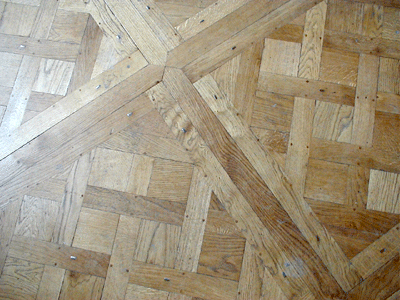
Baroque Floors
Inlaid wood floors with intricate patterns are typical of the Baroque period. Also excellent: black and white tile in diamonds or squares, rush mats, Persian rugs, stone floors, particularly with a painted geometric pattern, embodied the Baroque design style.
Baroque Walls
Baroque paneling was often painted in geometric shapes. Walls featured lavish floral or figural carvings or paintings, gilding, faux marble or tortoiseshell. In the Baroque design style however, moldings and cornices were plain. Baroque Tapestries -- painted fabric, gilded or tooled leather, velvet, damask -- go far in creating this style.
Baroque Windows
Baroque design supports full, dramatic draperies, with gold and Silver tassels or embroidery. Floral designs, matched with the upholstery, are quite authentic in Baroque design. Window and door latches were widely used during the Baroque period.
Baroque Lighting
Baroque houses were lit with candles, solid brass, wood, or pewter candlesticks or mirrored sconces are the most authentic. Large chandeliers are appropriate also.
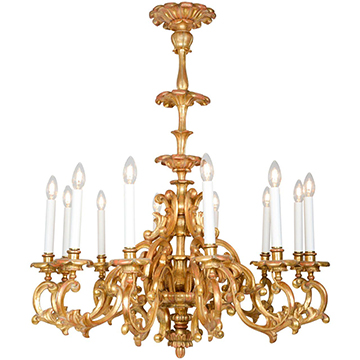
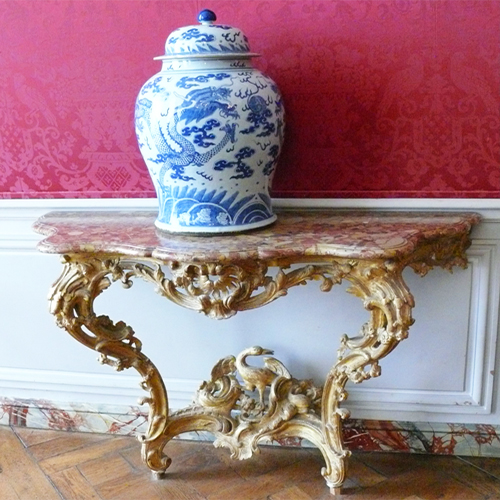
Baroque Decorative objects
Chinoiserie is the most important type of Baroque decoration: lacquer ware, Chinese snuff bottles, porcelain, fans. Also authentic: blue and white Delftware, gilded frames, small sculpture, busts.
Early American Style
Colonial Amercians drew inspriation from their European heritage. Curent design styles would filter across the ocean and become reinventedin early America. Proportion and scale took reign over ornementation, A neutral color palette of grey blue, greens and rose pinks is readily apparent.
Stucco Rustico - Aged Plaster
Stucco Rustico is a Traditional interior and exterior textured plaster that epitomizes the rustic old world charm commonly associated with Tuscan environments. I love this treatment for its ease of application and the natural, organic glazed appearance that results when using mineral based plasters and glazes. Whether a rough application or a smooth finish, this treatment holds true to the test of time and, in fact, feels as if time itself stopped to wash the walls personally.
The Rustic Color Palette
The Rustic Style color palette falls within a distinct range of color tones and is essential in creating a successful Rustic interior. By using the appropriate color tones you can create a variety of design styles ranging from Period and Historic, regional or thematic. Color helps define our experiences within an interior and exterior environment. It affects us on a physical, emotional, and spiritual level and can be calming and passive, expressive and vital.
Painted Floral Details
Floral patterns used as accents in fabrics and furniture are common place details in the English Country home. These graceful and organic patterns complement the cozy interior of this style and work particularly well with lace window treatments, an heirloom tea service set and the natural and rustic charm of wooden ceiling beams and slightly irregularly textured walls.

